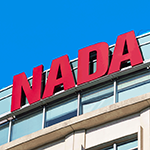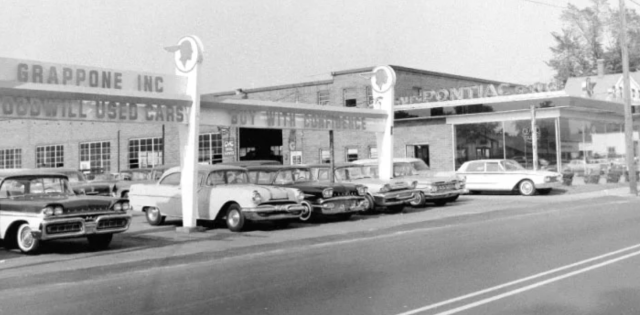For consumers across the country, Guaranteed Asset Protection (GAP) can be a vital lifeline should their vehicle be stolen or totaled after an auto accident. GAP Waiver is an optional financial protection product available through lending institutions and auto dealerships; in the event a vehicle is stolen or declared a total loss, the product waives all or part of the debt a consumer owes on their auto finance contract and helps protect consumers against financial losses that exceed the collateral value traditional auto insurance covers. In short, GAP waiver covers the difference between what a vehicle is worth and how much is owed on the vehicle at the time it is stolen, totaled, or destroyed.
Anecdotally, dealers and consumers alike know the value of GAP protection, but there is little third-party information about GAP sales and consumers’ attitudes toward the product. To fill this information void, an industry coalition, which counts NADA as a member, sponsored a national survey by the University of Michigan Survey Research Center (SRC) of more than 1,200 consumers in 2020. The resulting survey data was analyzed by three financial experts, including a current and former economist with the Board of Governors of the U.S. Federal Reserve System, who received no funding for their work. The findings of the survey and analysis, Consumers and Guaranteed Asset Protection (“GAP Protection”) on Vehicle Loans and Sales-Financing Contracts: A First Look, were published in September 2021 and were very much in line with what dealers already know: Consumers value Guaranteed Asset Protection (GAP) offered when financing an automotive purchase.
The survey shows consumers purchased GAP protection on about 39% of financed vehicle transactions with more than 90% of GAP purchasers, who “seem informed about the product and their choices,” reporting that purchasing GAP is a good idea, they would purchase the product again, and they would recommend it to their family and friends. More than 40% of non-GAP purchasers also agreed that the product is beneficial.
Consumers purchase GAP most often when they have a heightened financial risk, including larger credit amounts, longer loan maturities and lower income levels. It is not surprising that consumers with these situations are most inclined to see the value and, in turn, purchase optional GAP protection. With almost 40% of American households saying an unforeseen $400 expense would be challenging to handle (pay off in the same month), GAP plays an important role to help consumers manage their financial risk.
Increased vehicle prices also play a role in the uptick of GAP protection and positive view of the product. As vehicle values have continuously increased, with new emerging technologies and consumer preference for CUVs, SUVs and light-duty trucks, and credit requirements easing, potential for gaps between insurance payments and residual loan value have grown along with the desire for GAP protection.
While GAP protection has been a financially beneficial product for consumers since its introduction, this recent academic study proves that consumers understand GAP products and their value and are able to make informed choices related to their purchase.
For more information, read the full white paper here.










